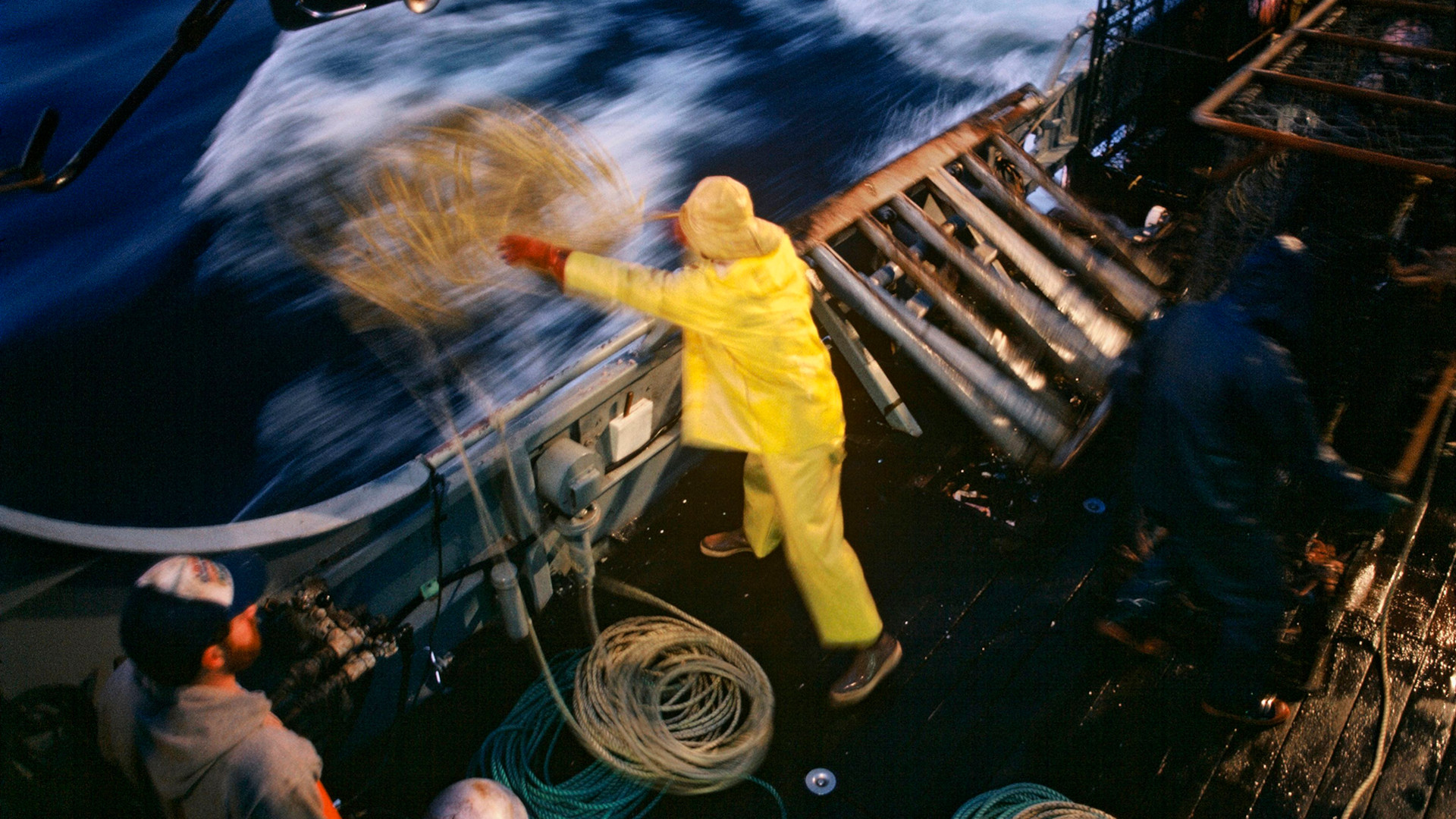We now have our first look at debris that fishermen recently recovered off the coast of Alaska and turned over to the Federal Bureau of Investigation. U.S. authorities are reportedly looking into the possibility that this could be the remains of another spy balloon like the Chinese one that the U.S. Air Force shot down off the coast of South Carolina last year. You can read more about what is already known about this more recent incident here.
User @rayendzz23 on TikTok, who appears to be a member of the crew of a fishing vessel, posted one video last week showing what was retrieved. He subsequently posted two more videos, one taken of a television news broadcast about the recovery of a possible spy balloon off the coast of Alaska and another captioned “Feds picking up spy balloon.” The ship at the center of this incident does not appear to be readily identifiable from @rayendzz23’s TikTok feed and it is unclear where the wreckage was unloaded.
CNN first reported last Friday that the Federal Bureau of Investigation (FBI) would take custody of whatever was recovered for further analysis. The Bureau told that outlet only that it was “aware of debris found off the coast of Alaska by a commercial fishing vessel” and that “we will work with our partners to assist with the logistics of the debris recovery.”
What is seen in the videos on TikTok does look like it could include a relatively large tan-colored balloon envelope, which could have been white before hitting the sea. There is also a mass of wires, tubular framing, and other debris, which could be from a gondola truss or other payload components that were suspended underneath the possible balloon. In the first of @rayendzz23’s three balloon-related videos, one of the fishing boat’s crew members is also seen at one point holding a two-bladed propeller.
The Chinese spy balloon that intruded into U.S. airspace last year and was then shot down had multiple propellers. U.S. military also said that it had the ability to actively maneuver rather than just rely on air currents. Other balloons spotted around the globe with nearly identical designs that also featured propellers.


Otherwise, the debris that the fishermen recovered off the coast of Alaska looks to be similar on a very broad level to what was shown of the remains of the Chinese spy balloon last year.

It still remains unknown exactly what the fishermen ‘caught’ off Alaska’s shores. If it is indeed the remains of a balloon, whatever its purpose, it is unclear where exactly it might have come down or why. Ocean currents alone can bring all manner of debris across very long distances. At the same time, from what we can now see in the clips on TikTok it is not hard to understand why the FBI, and potentially other U.S. government agencies, would be interested in taking a closer look. There is a lot of material recovered and the wreck may have been relatively fresh.

As The War Zone noted last week in reporting on this incident, balloons can pose very real potential national security threats, as evidenced by the Chinese one that was brought down last year. That incident was also followed by the downing of three more “objects” over the United States and Canada, details about which remain scant. At least one of those objects may a been a so-called “pico” balloon, a type often launched by amateur radio enthusiasts. Still, no debris appears to have been recovered in any of those instances and no imagery has been released of the objects to date. The former head of the U.S. military’s All-domain Anomaly Resolution Office (AARO) said last year that unclassified imagery was set to be released.
The Pentagon established AARO in 2022 to help refine and centralize policies and procedures for tracking, reporting, and analyzing incidents involving what are now commonly called unidentified aerial phenomena (UAP) and what have been previously referred to as unidentified flying objects (UFO). The office is also charged with maintaining a centralized repository of intelligence assessments and other data on UAPs.
Since its creation, AARO has assessed at least 163 reported UAP incidents to have actually involved balloons or balloon-like entities, underscoring the potential threats these and other lighter-than-air craft can present. Other countries beyond China, including the United States, also have and continue to use balloons for intelligence-gathering and other military purposes. These are all things The War Zone has been drawing attention to for years now.
There were reports that China’s government curtailed its global spy balloon program, or at least overflights of the United States, after the shootdown last year. Broader Chinese balloon use certainly continues elsewhere. There has been a recent surge of such activity over and around the island of Taiwan in recent months, as you can learn more about here. Taiwanese authorities have recovered the remains of at least one of those balloons.
The shootdown of the Chinese spy balloon and the other three objects last year did significantly raise public consciousness about these issues. Those events also prompted calls for the U.S. military and other U.S. government agencies to reassess how airspace intrusions are handled broadly and led to a number of immediate changes. There has been just general heightened awareness of and public interest in new balloon incidents, or potential incidents, like the recent recovery of debris off the coast of Alaska.
It will be interesting to see what new details may emerge about whatever the fishermen retrieved now that they have turned it over to U.S. government authorities, but we now know that the material recovered was extensive and did have very similar attributes to the Chinese spy balloon.
Contact the author: joe@twz.com

